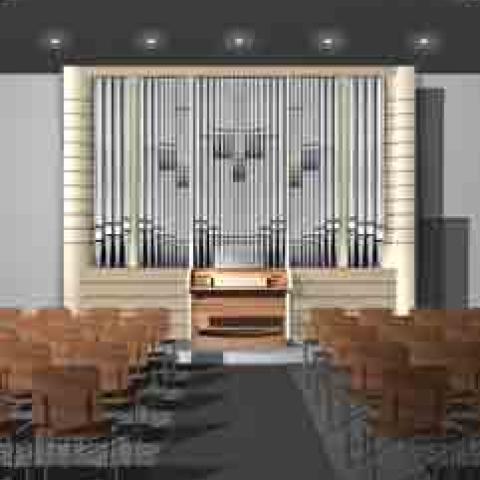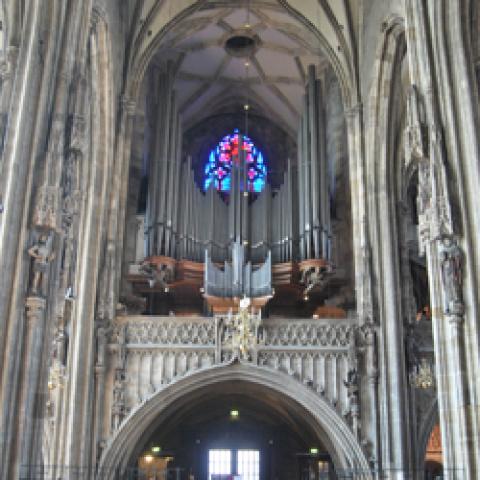
Rieger-Orgelbau, of Schwarzach, Austria, recently completed a new instrument for Harmony Hall in Nasunogahara, Japan. The new mechanical-action instrument, of three manuals with two interchangeable pedalboards (SDO and AGO), consists of 43 stops. Belgian organist Jean Philippe Merckaert performed the inauguration concert on Sunday, December 8, 2013, of music by Alain, Duruflé, Franck, Vierne, Widor, Saint-Saëns, and Messiaen.
Harmony Hall in Nasunogahara, Japan, is a building complex consisting of a large hall for musical performances, which houses the new Rieger pipe organ, a small hall for plays, and an art gallery for temporary exhibition of paintings and sculptures that is intended to bring together every branch of the arts in a harmonious environment.
For information: www.rieger-orgelbau.com.




